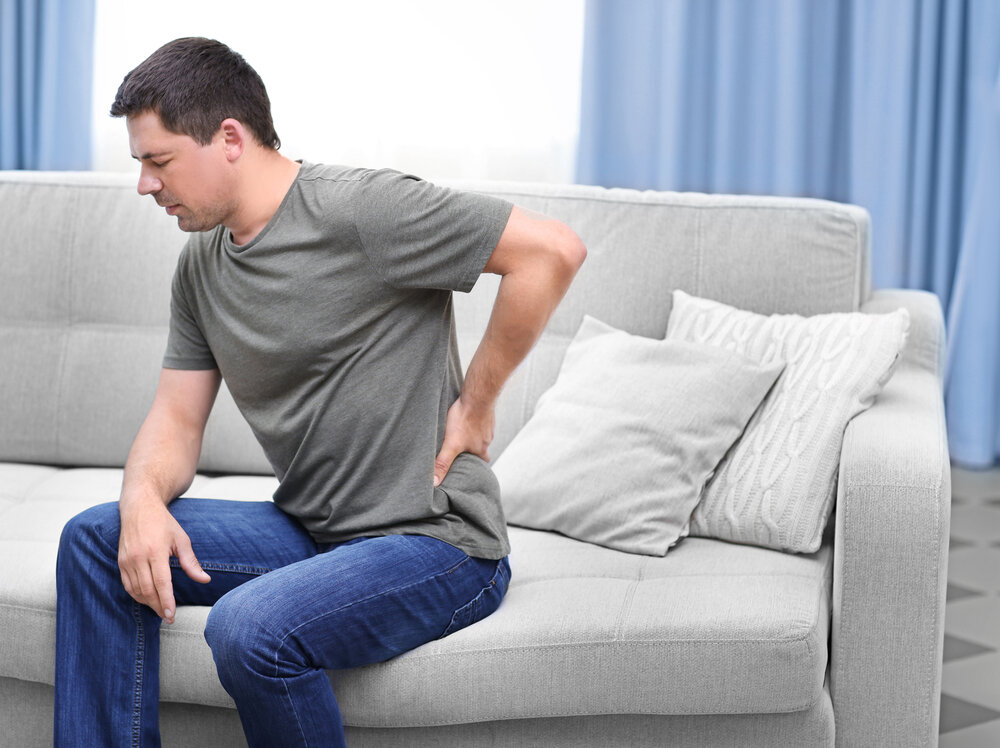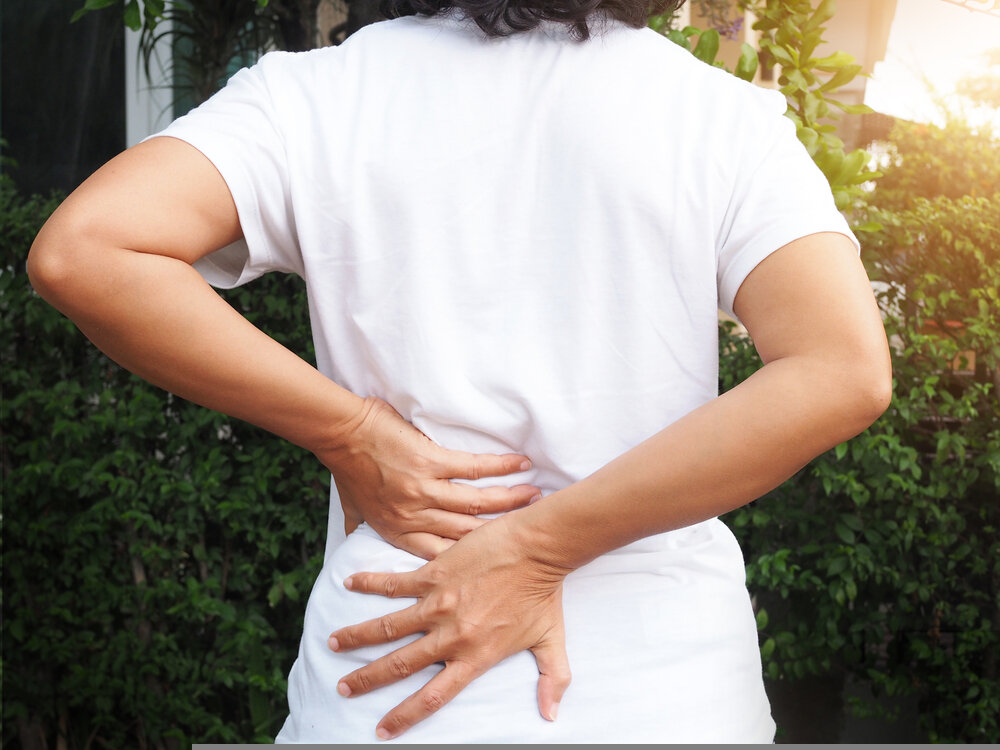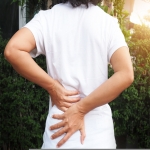Your lower back is the lumbar region of your spine. It has to bear a lot of weight - the lumbar spine carries the weight of your entire upper body, plus movement-related biomechanical stresses.
The lumbar spine has five vertebrae. The front side of each vertebra has a coated gel wrapped in a hard membrane and acts as a shock absorber. Every vertebra is fitted with two facet joints of cartilage on its back. Collaborating, discs and facets permit the spine to twist and bend safely.
Ligaments, tendons and muscles are also included in your lower back. Bands that support the vertebras and discs together are strong ligaments. Tendons attach the spinal cord to the muscles. The structures of the spinal cord help limit excessive movement. When there is long lasting pain in this area, you may consult a back doctor.

How Long Pain Lasts?
Lower back pain may have acute, subacute, or chronic categories. Lower back pain acute episodes usually last from a couple of days up to 4 weeks and lower back pain subacute from 4 to 12 weeks. Nevertheless, approximately 20% of people with acute back pain get chronic back pain, pain lasting 12 weeks or longer, according to the National Institutes of Health. There are many different treatment options even in these cases to alleviate symptoms of lower back pain.
You may worry about something that is seriously wrong if your back kills you really. The same applies to back pain, which appears endless. It is good news that although backaches are a major disadvantage, they are seldom a medical matter of urgency. Indeed, you don't have to deal with it most of the time. Back pain usually resolves itself – if you don't have a big underlying problem. But when this is serious, connect to an orthopaedic doctor for back pain.
The Common Lower Back Pain Causes
Sometimes the causes of lower back pain are mechanical, organic or idiopathic. Spinal conditions are sometimes congenital (at birth) or the disorder has a later meaning in life.
Mechanical low back pain is often caused by spinal motion with spinal structures such as facet joint, intervertebral disc, vertebrae, ligament, muscle and soft tissue.
-
Disease, such as spinal cancer can give symptoms of organic lower back pain.
-
Idiopathic means a cause that is unknown.

Low Back Pain Symptoms
Small back pain may have a large range of symptoms. It can be mild, just annoying or severe and weakening. Low back pain may begin suddenly, or slowly – it may well come and go – and over time it may worsen progressively.
Symptoms can be experienced in a variety of ways depending on the underlying cause of the pain. Examples include:
-
Dull or heavy pain contained on the low back
-
Burning pain, sometimes in the lower legs or feet that moves from the bottom back to the back of the thighs.
-
Low back, pelvis and hip muscle tightness
-
Dread that gets worse after sitting or standing prolonged
-
It is difficult to stand up straight, to walk, or to sit
See us at Neuroscience Specialists in OKC for orthopedic doctors for back pain. See us for back doctors to get help.
**Disclaimer- Information presented here is not intended to be qualified medical advice. Nothing expressed herein creates a doctor-patient relationship.

